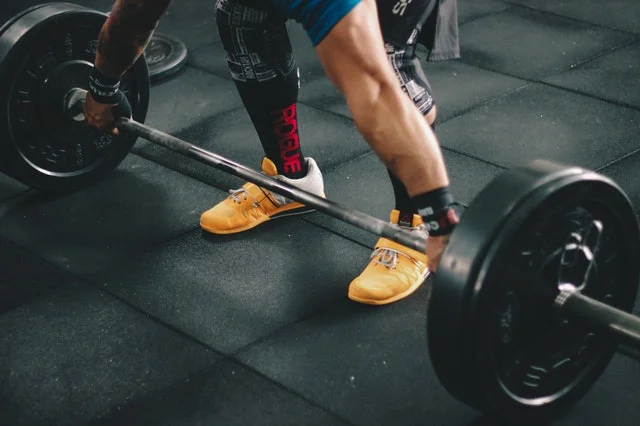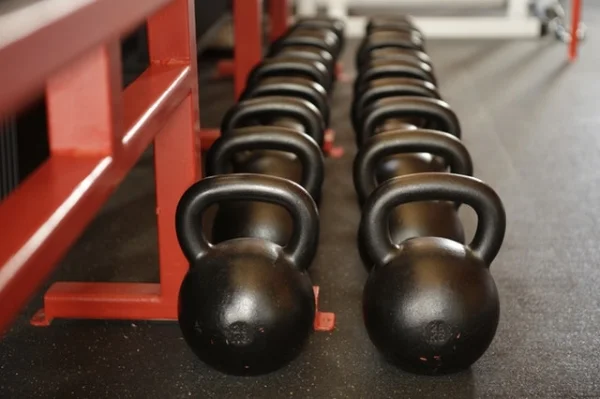Hamstring Risk Indicators
What to look for & how to prevent them!
The posterior thigh muscles, better known as the “Hamstrings” are one of the most commonly injured muscle groups within the athletic population. To reduce both the severity and number of hamstring injuries sustained, its best to understand the associated risk factors.
A literature review investigating the causation of hamstring injuries identified muscular strength(weakness) & imbalance, range of motion and a past history of hamstring injury as the main risk factors.
In regards to muscular strength it was found that athletes with weak hamstrings were more likely to sustain a injury. It is believed that weak hamstrings cannot produce enough force to counteract the quadriceps. This effect can be amplified when the strength of the quadriceps muscles are excessively greater then that of the hamstrings.
Hamstring range of motion & flexibility can reflect the muscles ability to absorb forces during movement and therefor a “tight” or inflexible hamstring may be less effective at handling those forces, leading to a risk of injury.
Previous (hamstring) injuries ended up as the most definitive risk factor for re-injury. Those who had previously sustained a hamstring injury were 5-times more likely to re-injure their hamstring than others.
If you fall into any of these categories it is important to implement a well-crafted strength training program to help reduce the likelihood of injury.
References
Foreman, T., T. Addy, S. Baker, J. Burns, N. Hill and T. Madden (2006). "Prospective studies into the causation of hamstring injuries in sport: a systematic review." Physical Therapy in Sport 7(2): 101-109.
Written by Nevin Mills - The Strength Institute of Western Australia



